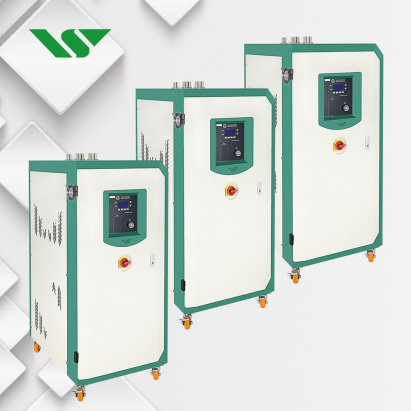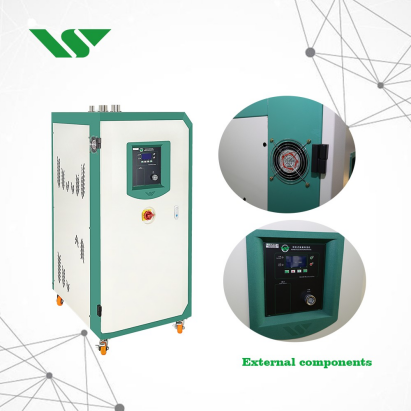Managing Humidity Control: Overcoming Dehumidification Challenges in Humid Environments
2025-02-24 Page view:
In industrial settings, maintaining the right level of humidity is crucial for ensuring product quality and smooth production processes. High humidity can cause products to warp or degrade, and can even disrupt manufacturing operations. As a result, industrial dehumidifiers play a key role in many industries. However, the performance of these machines is highly influenced by the ambient humidity in the air.

1. How Air Humidity Affects Industrial Dehumidifiers
Air humidity refers to the amount of water vapor in the air. Industrial dehumidifiers work by cooling the air below its dew point temperature using a refrigeration system, which causes the water vapor to condense into liquid form and be removed, thus lowering the humidity level. However, both very high and very low humidity can impact the dehumidifiers' effectiveness.
High Air Humidity
When air humidity is too high, it has two main effects:
· Increased Load on the Dehumidifier: The higher the moisture content in the air, the more water the industrial air dehumidifier must remove, which increases its workload.
· Reduced Cooling and Dehumidification Efficiency: The excess moisture in the air can condense on the cooler’s surface, interfering with the cooling process and reducing the efficiency of the dehumidifier. This can also lead to problems with air quality, as high humidity levels make it harder to remove pollutants and microorganisms from the air.
Low Air Humidity
On the other hand, excessively low humidity can also cause issues:
· Insufficient Moisture for Effective Dehumidification: Dehumidifiers rely on the presence of water molecules to condense and remove them. If the humidity is too low, there won’t be enough moisture for the dehumidifier to capture, negatively impacting its performance.
· Ineffective Dust and Particle Removal: At low humidity levels, dust and particulates are less likely to adhere to the cooler’s surface, which can reduce the dehumidifier’s ability to purify the air effectively.

2. Strategies to Optimize Dehumidifier Performance
To maintain the efficiency of large industrial dehumidifier, it’s important to manage the external air conditions that influence their operation. Here are a few practical measures to address the challenges posed by fluctuating humidity levels:
1. Control the Fresh Air Intake
The volume of fresh air brought into the heavy duty industrial dehumidifier can be adjusted to maintain the ideal humidity and temperature. When the air is too humid, increasing the intake of fresh air can help process more moisture. Conversely, when the humidity is too low, reducing the fresh air volume can prevent overloading the system.
2. Install Humidity and Temperature Sensors
By installing sensors to monitor both temperature and humidity in real time, operators can make timely adjustments to the dehumidifier settings. These sensors can alert users when conditions are outside optimal ranges, ensuring that corrective actions can be taken before performance is compromised.
3. Regular Maintenance
Routine maintenance is vital to keep industrial dehumidifiers running smoothly and prolong their lifespan. Regular tasks like cleaning the cooler’s surface prevent condensation and microbial buildup, while inspecting the refrigeration system ensures it operates efficiently. Additionally, replacing filters regularly ensures proper airflow and optimal dehumidification.

Conclusion
Air humidity plays a significant role in the performance of industrial dehumidifiers. Too much moisture or too little can both reduce efficiency and hinder their ability to improve air quality. By implementing the right control measures and maintaining the equipment properly, businesses can ensure that their dehumidifiers continue to operate effectively, no matter the external conditions.



